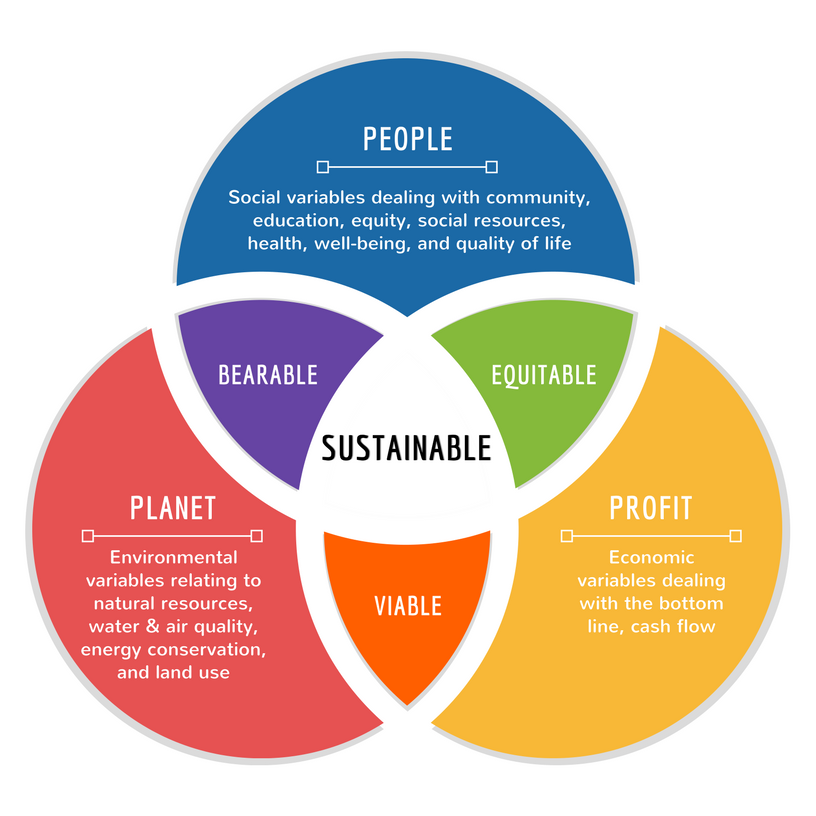I tell my students that income inequality is visible from space. That's because of the relative density of trees, with wealthier neighborhoods having more tree[s] and poorer ones having fewer, which satellites can photograph from orbit. That has important environmental effects...Among them, wealthier areas with more trees are cooler than poorer areas with fewer trees. That has important consequences for human health, such as more heat-related deaths in poorer areas. PBS Terra explores that, along with the lasting and pernicious effects of redlining, in As Heat Waves Worsen, THIS Policy Predicts Where People Will Die.
With extreme heat waves in Europe, Asia, the United States and beyond, it’s clear climate change is making summers more dangerous and deadly. Urban areas are feeling the worst effects; a phenomenon known as the urban heat island effect. 2022 saw high temperatures in Kansas, Spain, Portugal, England (especially London), and India. But even within cities, the warming is not distributed evenly. During the Pacific Northwest heat dome of 2021, the region's most extreme heat wave ever, this temperature difference reached a staggering 25°F between neighborhoods in Portland, OR. And new research is illuminating how a century of racist housing policies known as redlining have contributed to this often deadly inequality.I can add this to the story I tell my students that "income inequality is visible from space." It works as an example of the intersection between the social environment (people) and natural environment (planet) being a bearable built environment, as shown in the diagram below.
The 2022 heat waves are not single events. They are another data point during years of escalating extreme weather. Previously, the 2019 European heat wave, the 1980 US heat wave, 1995 Chicago heat wave and many more are part of this trend.
In this episode we are going to dive into this unjust history of housing discrimination and see what it can teach us about how to keep cities cooler and save lives. We’ll visit Richmond, Virginia and Portland, Oregon to understand the problem and solutions. Innovative solutions are being carried out at the Science Museum of Virginia and by the Portland organization, Friends of Trees.

It also works as an example of "everything is connected to everything else" and "nature knows best," other key concepts I teach my students. Welcome to blogging as professional development.
No comments:
Post a Comment